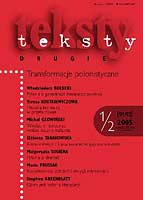
Irena Sławińska. A Scholar on the European Scale
Irena Sławińska. Uczona europejskiego wymiaru
Keywords: Irena Sławińska; Literary Theory; Polish Literature
More...
Keywords: Irena Sławińska; Literary Theory; Polish Literature
More...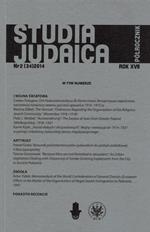
Keywords: Zagłada; Żydzi
Reviews; Recenzje
More...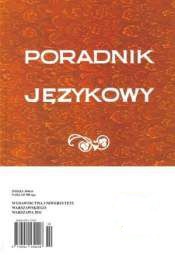
Keywords: Business Polish
EWA BIŁAS-PLESZAK, JĘZYK A MUZYKA. LINGWISTYCZNE ASPEKTY ZWIĄZKÓW INTERSEMIOTYCZNYCH, Prace Naukowe Uniwersytetu Śląskiego w Katowicach nr 2390, Wydawnictwo Uniwersytetu Śląskiego, Katowice 2005, s. 176. ANNA DUNIN-DUDKOWSKA I ANNA TRĘBSKA-KERNOTOPF, EKONOMIA. TO NIE BOLI. POLSKI JĘZYK EKONOMICZNY DLA CUDZOZIEMCÓW, Wydawnictwo UMCS, Lublin 2006, s. 277.
More...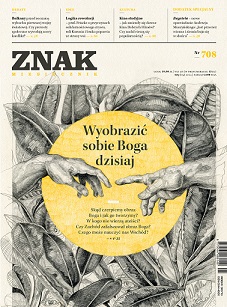
Keywords: Jan Błoński; Dorota Kozicka; krytyka literacka
More...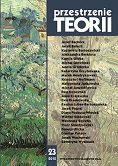
Keywords: apocrypha; canon; symbol; autocommunication; cultural memory;
The aim of this paper is to analyze the phenomenon of modern apocrypha from the perspective of cultural studies. The term ‘apocrypha’ is usually associated with early Christian and Gnostic texts, but the tradition of unorthodox writings is also continued in modern Western culture. It is not easy to formulate a comprehensive definition of apocrypha by analyzing this phenomenon only from the perspective of literary, historical and religious studies. The phenomenon of apocrypha is so complex that it should be described based on a kind of methodological bricolage. This method should allow one to understand the role that apocrypha play in modern culture. Many scholars have noticed that it is not possible to point to clear and obvious criteria that would allow us to assign a given text to the category of apocryphal writings. Most typologies of texts which are epistemologically valuable and which help scholars to identify certain features of apocryphal writings do not take into consideration the cultural qualities of non-canonical, unorthodox narratives. From the perspective of cultural studies, modern apocrypha can be seen not only as literary or religious texts but also as an important element of cultural autocommunication. As an element of cultural metacognition, apocrypha can also be regarded as a medium of cultural memory and collective identity.
More...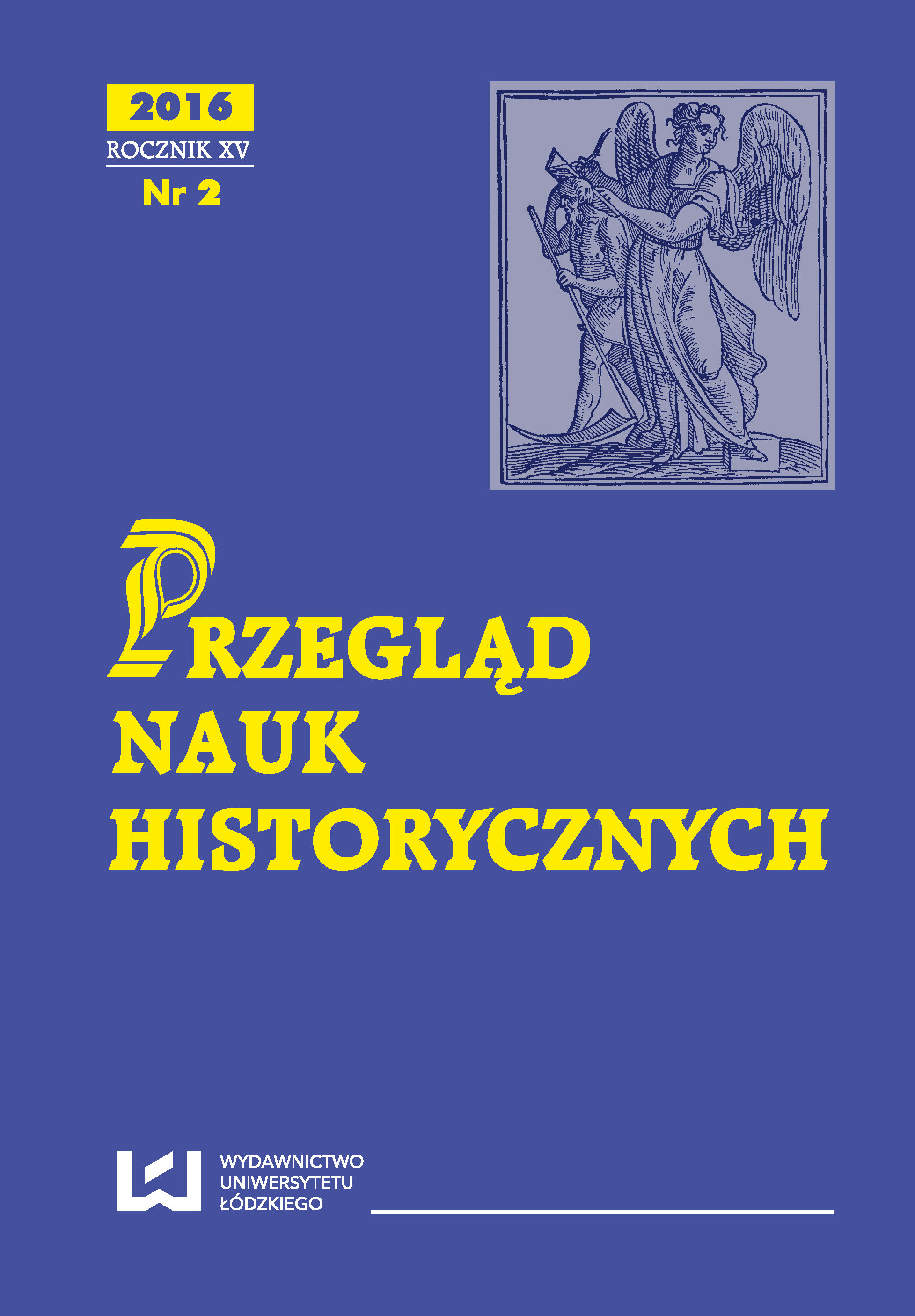
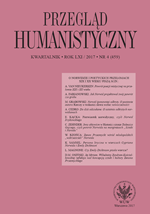
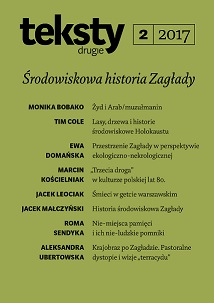
Keywords: Maria Dąbrowska; Stanisław Stempowski; twentieth-century Polish literature; correspondence; letters from the occupation; postwar Poland;
The seven letters by Maria Dąbrowska and Stanisław Stempowski come from their correspondence from the years 1924-1951, which numbers 1034 letters and awaits publication. The letters written before 1939 illustrate Dąbrowska’s development as a writer and her growing artistic self-awareness. Their wartime correspondence is sparse and indicates topical restraint. The letters written after 1945 cover the period when Dąbrowska, being in a relationship with Anna Kowalska, spent a lot of time in Wrocław, whereas Stempowski guarded their home in Warsaw. They were both critical commentators of their socio-political and literary events of their time. The letters from the years 1941-1950 are unique and self-consciously literary documents of personal experience.
More...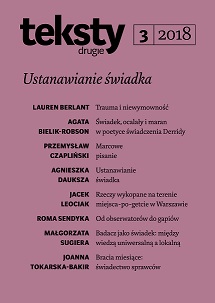
Keywords: testimony; Derrida; Marranism; secret; faith; trust;
Bielik-Robson analyses Derrida’s poetics and politics of testimony in the light of his frequently used figure of the Marrano or crypto-Jew. Derrida compared the two forms of being a Jewish witness – a survivor or a Marrano – but he provided no detailed account of this distinction. Bielik-Robson fills this gap by showing that to trust a witness and to have faith in the religious sense are closely related.
More...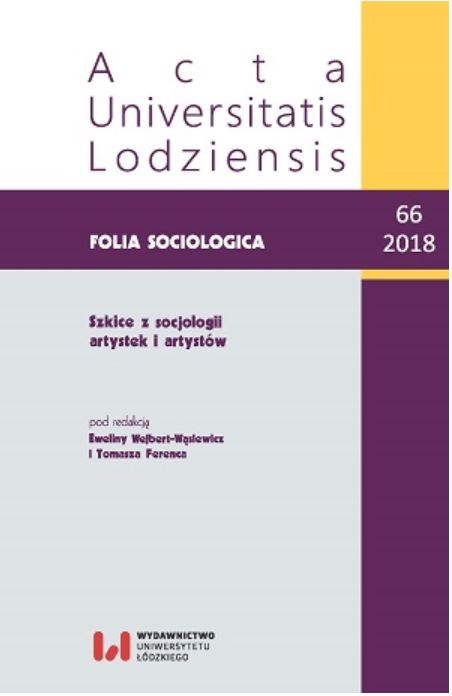
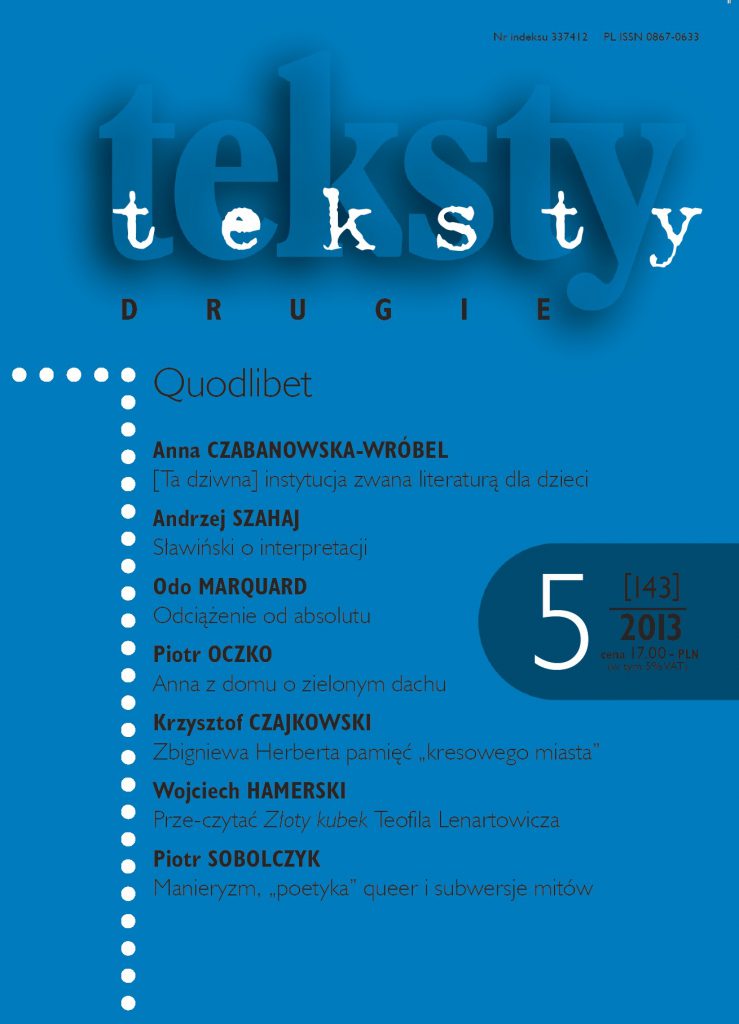
Review of: Jarosław Fazan Od metafory do urojenia. Próba patografii Tadeusza Peipera, Kraków 2010.
More...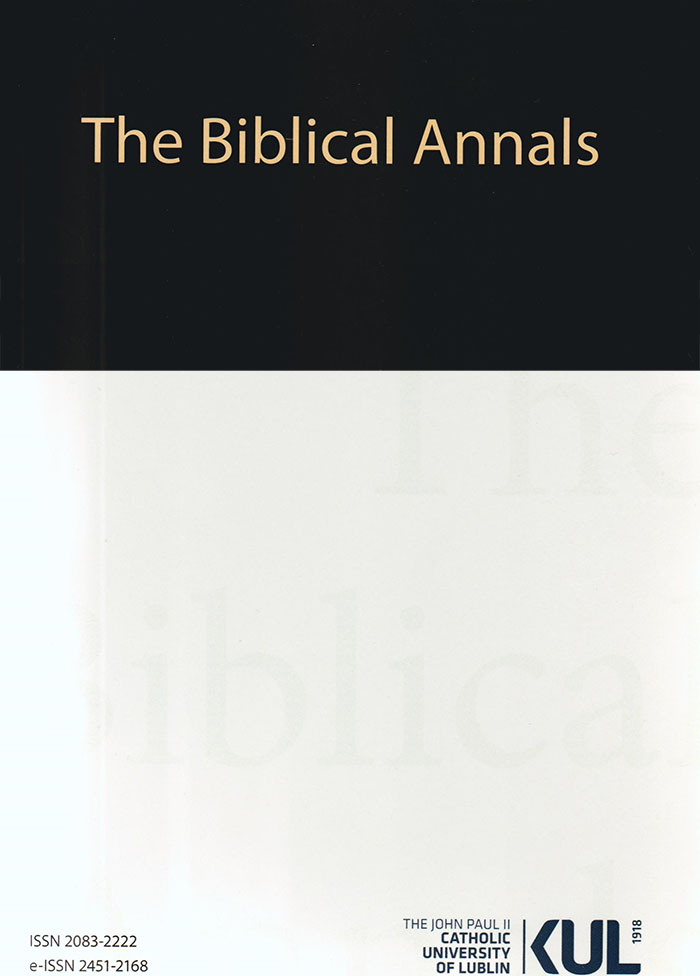
Keywords: newcomer; stranger; guest; refugees; ger
Fragments of the Bible have recently became an important argument in the discussion about the attitude that should be adopted by Europeans referring to their Judeo-Christian roots with reference to refugees/immigrants from Africa and the Middle East. Considering that the quoted texts are mainly from the Old Testament, it is worth looking more closely at what the Hebrew Bible actually says about the postulated attitude of the Israelites to the strangers and newcomers. The author presents fragments directly related to the problem of receiving or not accepting refugees and examples of hospitality towards strangers. These texts come from different periods in the history of Israel and from differ-ent theological traditions, so they could be treated as representative of the teaching of the Hebrew Bible in this topic. However, this is not a complete picture, but only orders and norms referring to the alien determined by the term גֵּ ר and consistently translated by the “stranger”, very often in the plural. An analysis of the meaning of this concept in Hebrew language and culture, the legitimacy of using plural translations (when in the original is single) and supplementing the above statement with other terms used in the Hebrew Bible to describe strangers or newcomers (such as derivatives from the root נכר or גּוֹי) leads to surprising conclusions
More...
Keywords: book review;
Book review
More...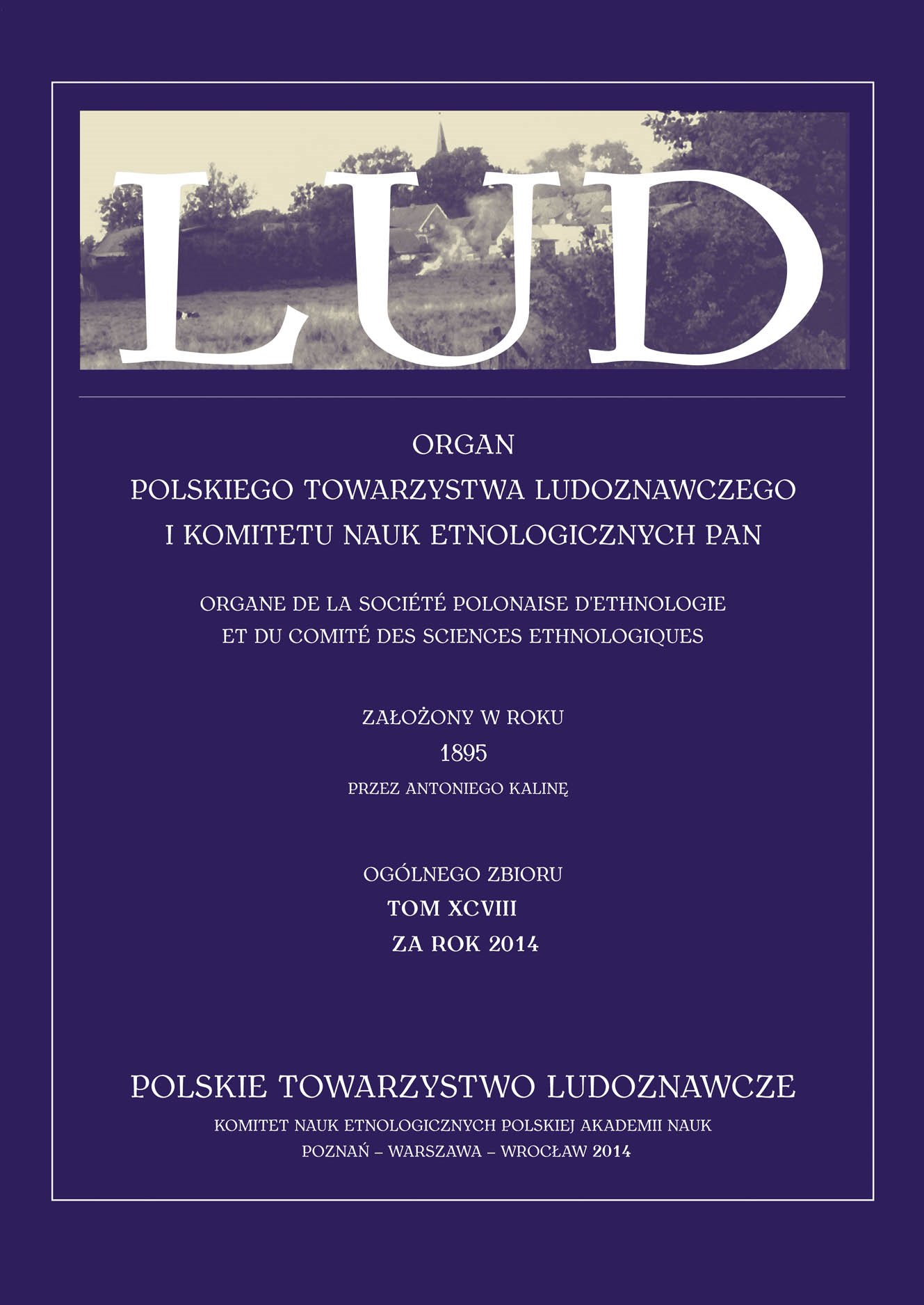
Keywords: book review; ethnography; Stanisław Koguciuk;
Review of: Magdalena Lica - Kaczan, Grzegorz Piaskowski (red.), Humorem malowany świat Stanisława Koguciuka. Stanisław Koguciuk’s humor-painted world, Płock: Muzeum Mazowieckie 2013, ss. 199, il., ISBN: 978-83-89034-91-5. Review by: Aleksandra Jarysz
More...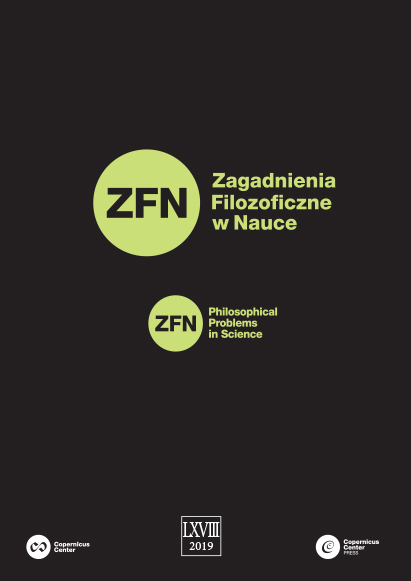
Keywords: Józef Życiński;Polish philosophy;philosophy of science;philosophy of nature;
Józef Życiński;Polish philosophy;philosophy of science;philosophy of natureRecenzja książki: Media – kultura – dialog. W piątą rocznicę śmierci arcybiskupa Józefa Życińskiego, red. R. Nęcek, W. Misztal, Wydawnictwo Naukowe Uniwersytetu Papieskiego Jana Pawła II w Krakowie, Kraków 2017, ss. 343.
More...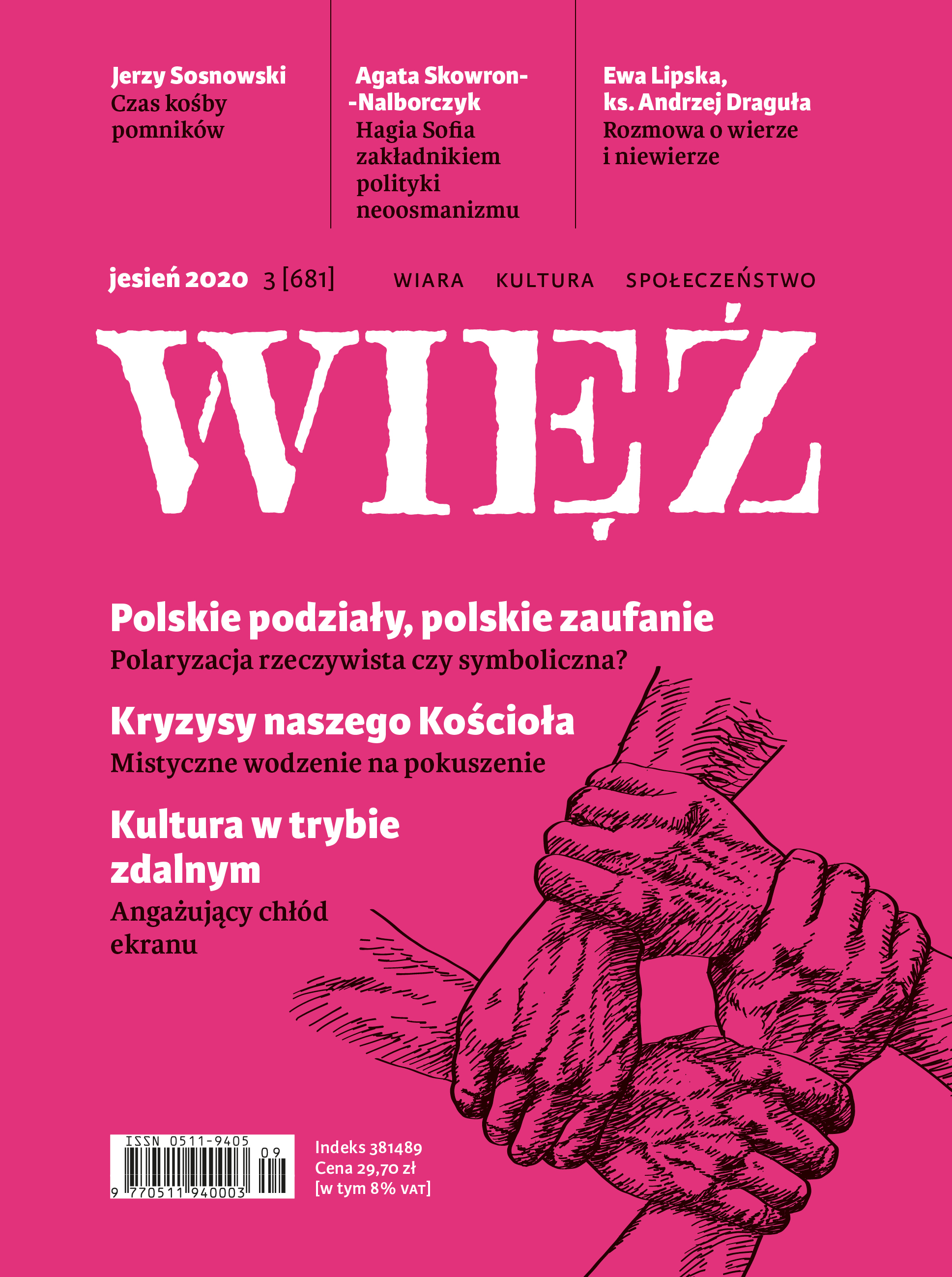
Keywords: Book-Review; Michał Przeperski; Paweł Sasanka;
Book-Review: Nie tylko „Po Prostu”. Prasa w dobie odwilży 1955–1958, red. Michał Przeperski i Paweł Sasanka, Instytut Pamięci Narodowej, Warszawa 2019, 552 s. Reviewed by Radosław Ptaszyński.
More...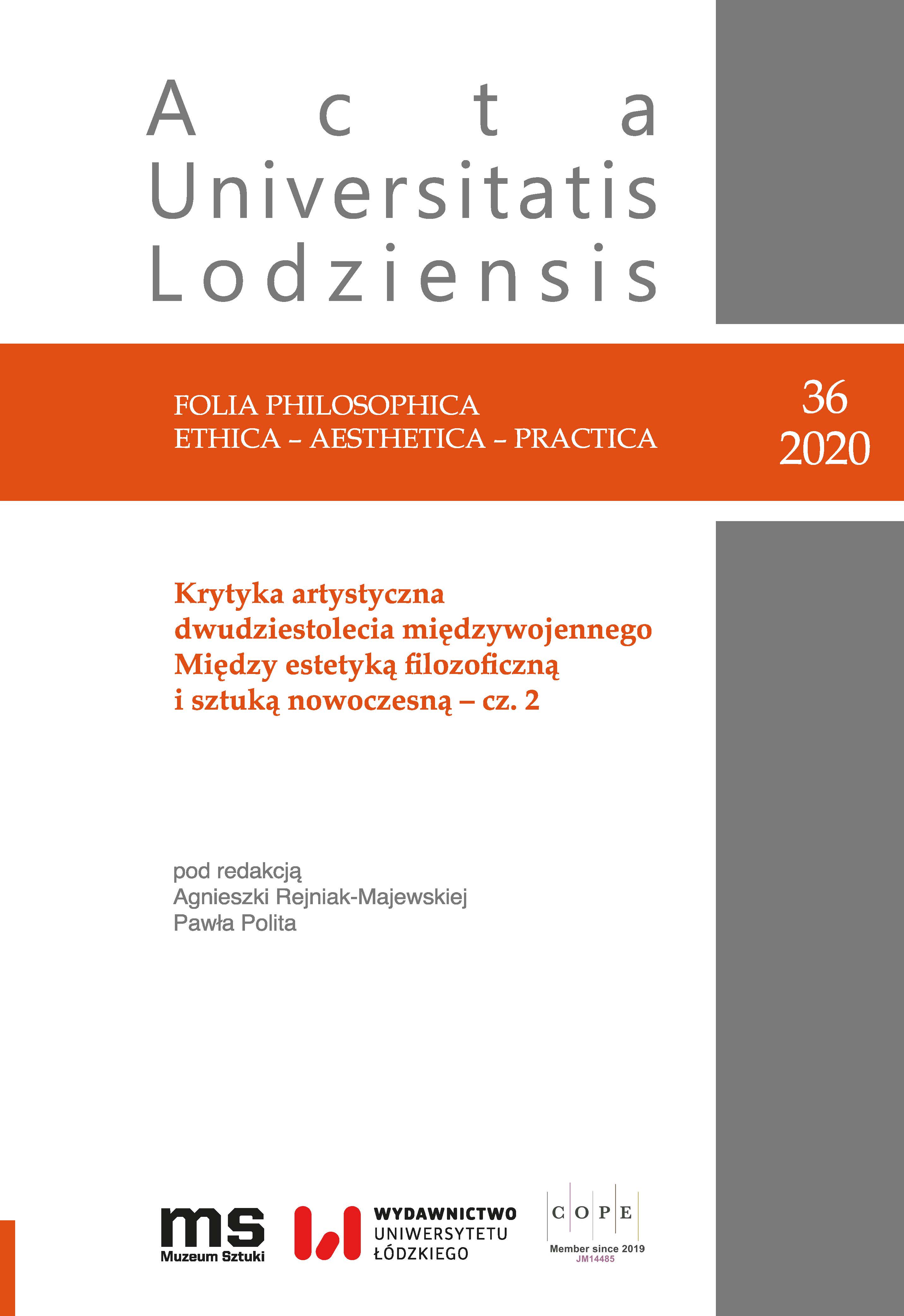
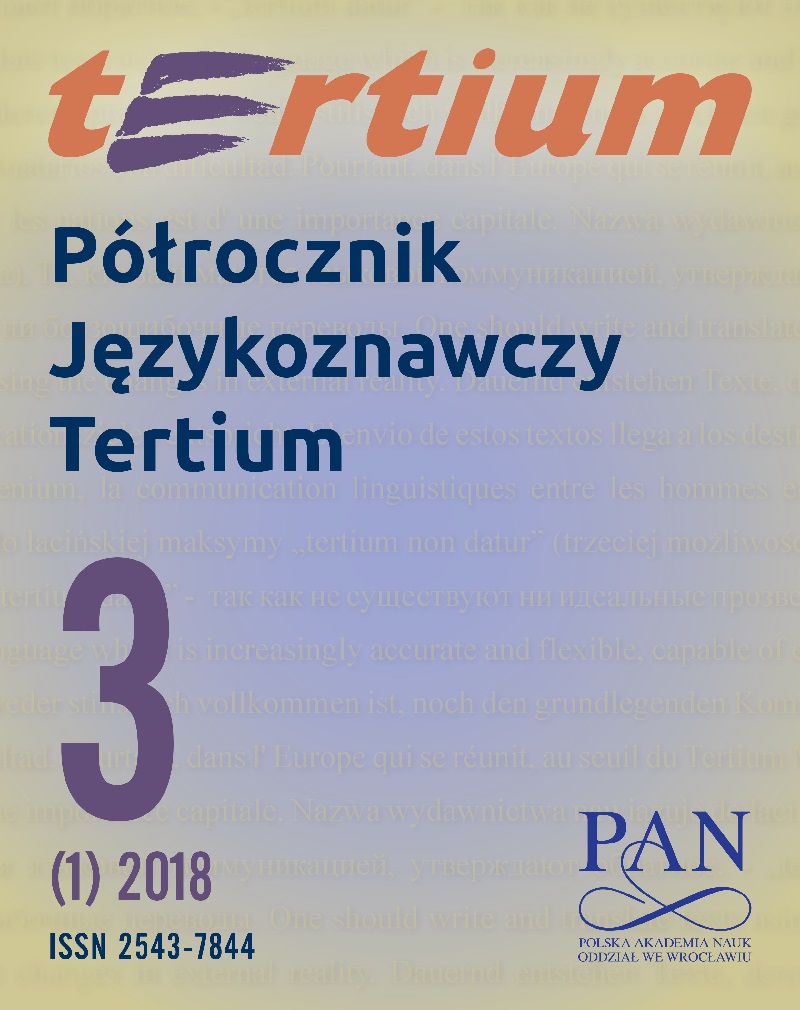
Keywords: speech genre; magic fairy-tale; structural pattern; experiential baseline
Artykuł stanowi próbę odpowiedzi na postawione w tytule pytanie. Puntem wyjścia jest przegląd językoznawczych koncepcji gatunku mowy o nachyleniu strukturalnym, funkcjonalnym, wreszcie kognitywnym oraz próba odniesienia kognitywnej koncepcji prototypu Ronalda Langackera do wyżej wymienionych ujęć wyrosłych na gruncie polskiej tekstologii. Jako egzemplifikacja analizowanych koncepcji gatunku służą dwie współczesne wersje o Kopciuszku. Na ich przykładzie autorzy starają się odpowiedzieć na pytanie, dlaczego należą do gatunku bajki w świetle przywoływanych koncepcji oraz co nowego, w zakresie genologii, przynieść może aplikacja koncepcji Ronalda Langackera. // The article revolves around the title question, starting with a brief overview of the major accounts of what the speech genre can possibly be in structurally, functionally-, and, finally, cognitively-oriented accounts. The latter are identified specifically with Ronald Langacker’s understanding of the prototype, and are here related/compared to the conceptions in selected Polish genre studies. The material basis and the source of exemplification are found in two modern versions of the Cinderella story. The main bulk of argumentation has to do with the research question of why, how, and to what extent these two modern versions can still be considered a Cinderella tale in the light of the respective accounts, and what new perspectives Langacker’s conception of the prototype can bring if applied to speech genre studies.
More...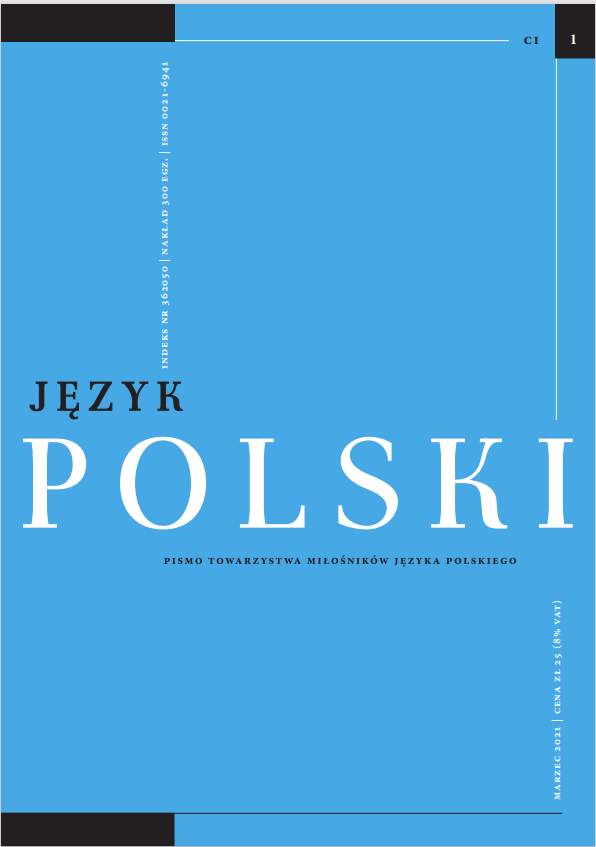
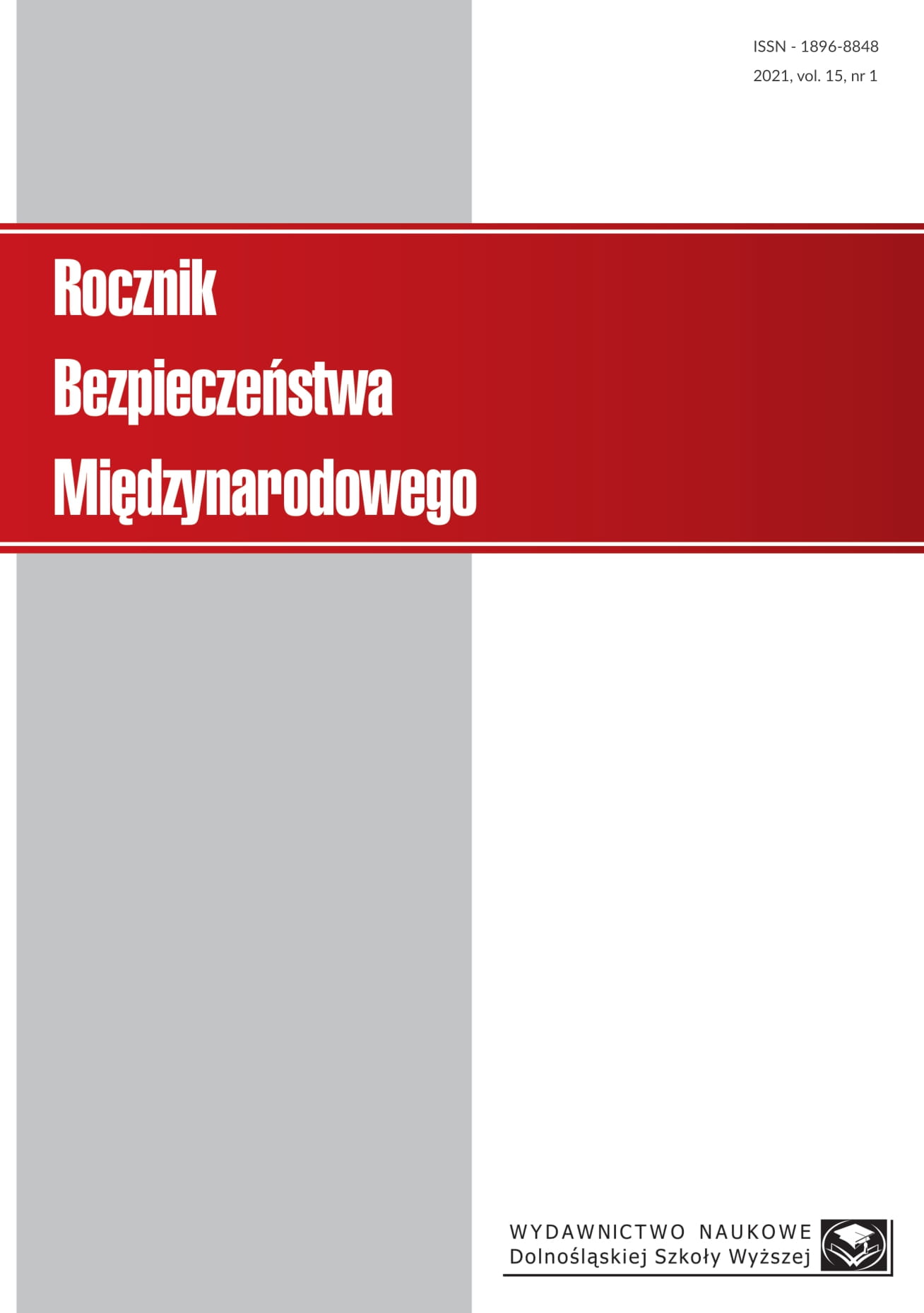
Keywords: international security;
More...